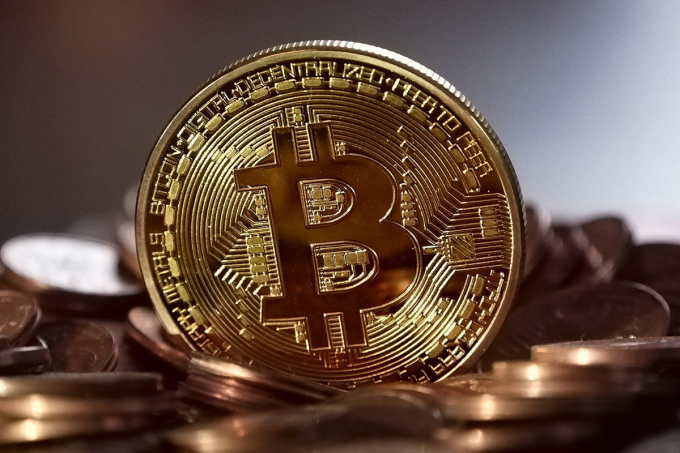The cryptocurrency market remained largely stable today, with Bitcoin trading within a narrow range around the $68,000 mark. While major assets showed limited volatility, renewed activity in decentralized finance (DeFi) and select altcoins indicated a growing appetite among investors for risk exposure after a muted start to the week. Broader market sentiment stayed cautious ahead of key macroeconomic data from the U.S., as traders weighed potential shifts in liquidity and monetary policy.
Bitcoin Consolidates Below Key Resistance
Bitcoin (BTC) fluctuated between $67,500 and $68,500, marking another day of consolidation as traders assessed near-term catalysts. The asset has been struggling to maintain momentum above the $70,000 psychological barrier, with spot volumes on major exchanges down roughly 12% compared to the previous week. Despite the subdued movement, on-chain data shows a steady increase in wallet accumulation among long-term holders — a signal that some investors are positioning for potential upside into November.
Ether (ETH) held near $2,540, while Solana (SOL) and Avalanche (AVAX) posted mild gains of 1–2%, supported by continued inflows into DeFi protocols. The total crypto market capitalization hovered around $2.57 trillion, unchanged from Monday, reflecting a broadly neutral tone across risk assets.
DeFi and Layer-2 Networks Regain Momentum
DeFi tokens showed relative strength, with Uniswap (UNI) and Aave (AAVE) gaining 3–4% amid growing user activity on Ethereum’s Layer-2 solutions such as Arbitrum and Optimism. Daily transaction volumes on these networks rose by nearly 8% week-over-week, suggesting renewed engagement from retail users.
Meanwhile, Total Value Locked (TVL) across DeFi protocols climbed to $91 billion, its highest level in three months. Analysts attribute the increase to both higher ETH staking participation and migration of liquidity from centralized exchanges. This trend highlights a broader shift toward decentralized ecosystems, especially as regulatory scrutiny of centralized platforms intensifies in major jurisdictions.
Stablecoin and Regulation Developments in Focus
On the regulatory front, discussions around stablecoin frameworks in the U.S. and Europe continue to shape investor expectations. Market participants are closely watching upcoming updates from the European Securities and Markets Authority (ESMA) regarding MiCA implementation, which could influence stablecoin issuance and liquidity management across exchanges.
USDT and USDC maintained their dollar pegs, but Tether’s 24-hour volume rose 10% to over $50 billion — a reflection of continued use as a liquidity instrument in both spot and derivatives trading. Analysts note that stablecoin market stability remains essential for maintaining confidence in broader crypto liquidity, particularly as traders hedge against macro uncertainties.
Investor Sentiment Remains Cautiously Optimistic
Despite the lack of dramatic price action, sentiment indicators remain mildly positive. The Crypto Fear & Greed Index held steady at 63 (“Greed”), signaling sustained confidence in medium-term market resilience. Derivatives data also showed a slight uptick in open interest for Bitcoin futures, hinting that institutional traders may be quietly building exposure ahead of November’s macro catalysts — including U.S. inflation data and comments from Federal Reserve officials.
Retail participation, however, remains below the levels seen during the first half of 2024. Analysts suggest that many investors are waiting for a clear breakout above $70,000 before re-entering aggressively, as macroeconomic signals remain mixed and global liquidity remains tight.
The overall tone in the crypto market remains one of cautious optimism. While price momentum has slowed, the underlying fundamentals — from increasing on-chain activity to DeFi adoption — suggest resilience. Traders will be watching closely whether Bitcoin can break its consolidation phase and if renewed institutional inflows can drive the next leg of the market cycle.













https://shorturl.fm/sQU03